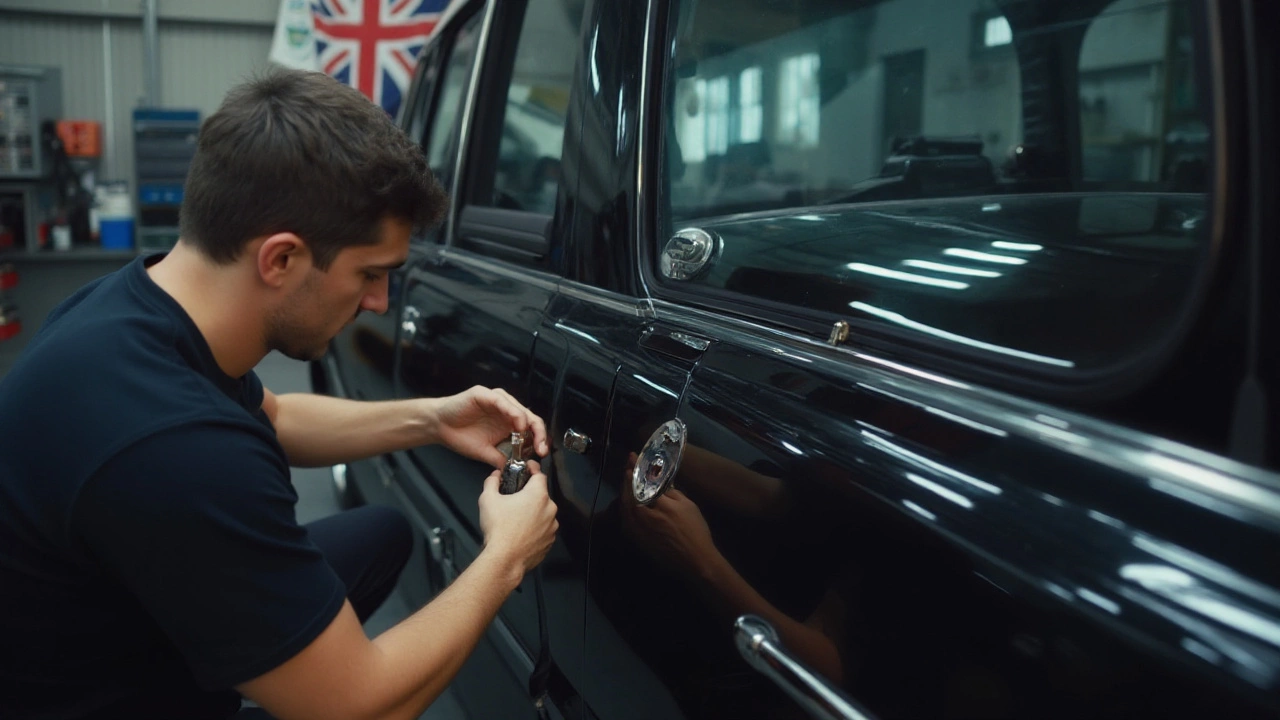Lifespan of Car Parts – What You Need to Know
When talking about Lifespan, the period a vehicle part remains functional before it needs replacement. Also known as service life, it helps you plan maintenance and avoid costly breakdowns. Understanding lifespan is the first step toward keeping your car or boat running smoothly.
One of the most common questions drivers ask is how long a Clutch, a friction device that transmits engine power to the gearbox will last. The answer isn’t a single number; it depends on driving style, load, and how often you shift. Heavy city traffic or frequent hill climbs can shave years off a clutch’s service life. Pair that with the fact that a worn clutch often signals the need to check the Brake Pad, a friction material that slows the wheels when you press the brake pedal, and you see how component wear influences overall vehicle longevity.
Why Tracking Lifespan Matters
Knowing the expected lifespan of each part lets you budget for replacements before a failure surprises you. For example, fresh Engine Oil, the lubricating fluid that protects internal engine components should be changed every 5,000–10,000 miles in most UK vehicles. Skipping oil changes accelerates wear on bearings, pistons and even the timing chain, effectively shortening the engine’s entire lifespan. That’s a clear case of lifespan requiring regular maintenance to stay within its designed limits.
Another often‑overlooked part is the radiator. A bad radiator can let the engine overheat, which instantly cuts the remaining service life of many components. Overheating destroys coolant seals, warps cylinder heads, and weakens the metal around the clutch housing. So, the lifespan of a radiator directly impacts the lifespan of the engine and the clutch, creating a chain reaction of wear.
Brake pads illustrate a different wear pattern. Unlike the clutch, which is engaged only when you change gears, brake pads face friction every time you stop. Their lifespan varies with material type—organic pads may wear out in 20,000 miles, while ceramic options can stretch past 70,000 miles. The wear indicators on the pads themselves are a built‑in warning system, showing you exactly when the lifespan is nearing its end.
Fuel system components also have a measurable service life. A fuel pump that starts to lose pressure may still run the car, but it shortens the lifespan of the injectors and can cause misfires. By fixing a weak pump early, you protect downstream parts and keep the overall vehicle lifespan healthier.
Even seemingly small items like spark plugs have a defined lifespan. A set of good‑quality plugs typically lasts 30,000–50,000 miles, but using the wrong gap or heat range can accelerate electrode wear, leading to misfires and higher fuel consumption. Replacing plugs on schedule not only restores performance but also helps the engine’s overall lifespan.
Suspension components—shocks, struts, and bushings—are another group where lifespan matters. Worn shocks cause uneven tire wear, which forces you to replace tires more often. That, in turn, adds weight to the wheel hubs and can strain the brake system, again showing how the lifespan of one part ripples through the whole vehicle.
Finally, don’t forget the wear on the wiper blades. While they don’t affect engine health, old blades reduce visibility, increasing the risk of accidents. An accident can instantly end the lifespan of many critical components, making regular blade replacement a safety‑first habit.
All these examples paint a picture: the lifespan of each component is not an isolated number. It’s a network of relationships where wear on one part often tells you something about the health of another. By tracking mileage, listening for unusual noises, and keeping an eye on performance cues, you can anticipate failures and act before they become expensive repairs.
Below you’ll find a hand‑picked collection of articles that dive deeper into each of these parts. From clutch life expectancy to brake pad wear factors, from oil change risks to radiator warning signs, the posts cover practical tips, cost breakdowns, and DIY advice. Whether you’re a seasoned DIYer or just getting started with basic maintenance, this resource hub will give you the facts you need to extend the useful life of your vehicle’s components.

Understanding Brake Pad Lifespan: How Many Miles Can They Last?
Jan 21 2025 / AutomotiveBrake pads are an essential part of a vehicle's safety system, directly influencing stopping power and performance. Their lifespan can vary widely depending on various factors such as driving habits, road conditions, and the quality of the pads. This article delves into these factors, providing insights and tips for maximizing brake pad longevity. Understanding when brake pads need replacement is crucial for maintaining vehicle safety and efficiency.
VIEW MORE